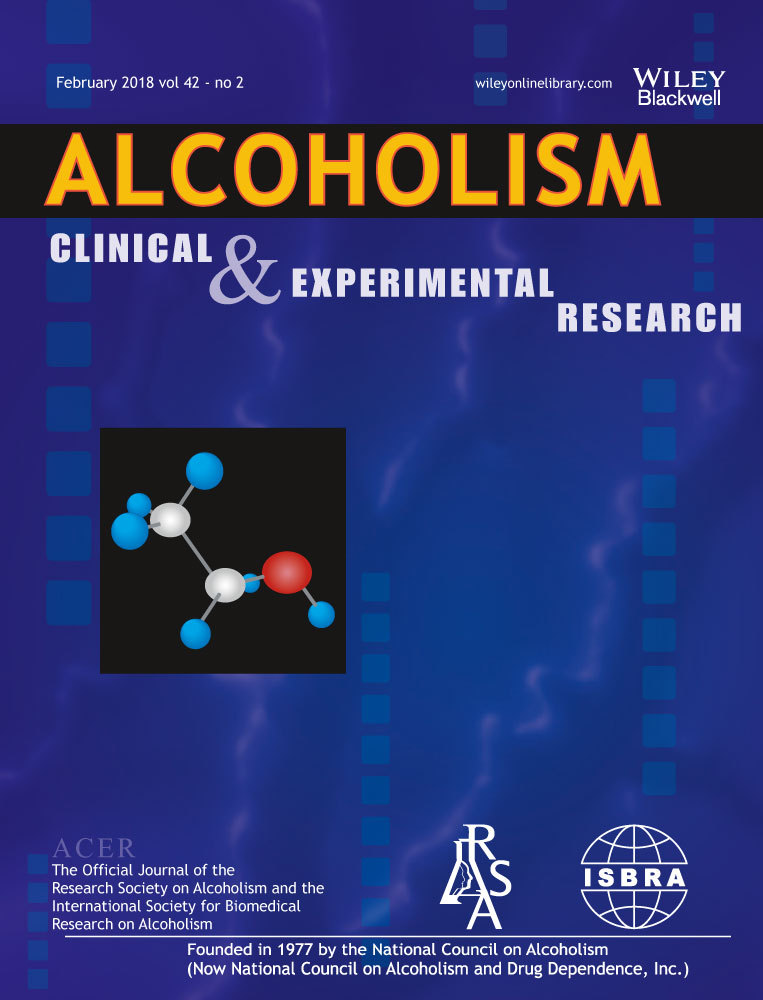The Mammalian Circadian Clock Exhibits Chronic Ethanol Tolerance and Withdrawal-Induced Glutamate Hypersensitivity, Accompanied by Changes in Glutamate and TrkB Receptor Proteins
Abstract
Background
Alcohol tolerance and withdrawal-induced effects are criteria for alcohol use disorders listed by the DSM-V. Although tolerance and withdrawal have been studied over many decades, there is still uncertainty regarding mechanistic distinctions that characterize these different forms of ethanol (EtOH)-induced plasticity. Previously, we demonstrated that the suprachiasmatic nucleus (SCN) circadian clock develops both acute and rapid tolerance to EtOH inhibition of glutamate-induced circadian phase shifts. Here, we demonstrate that chronic EtOH tolerance and withdrawal-induced glutamate hypersensitivity occur in vitro and that rapid tolerance, chronic tolerance, and glutamate hypersensitivity have distinct cellular changes.
Methods
We use single-unit extracellular electrophysiological recordings to determine whether chronic tolerance to EtOH inhibition of glutamatergic phase shifts and withdrawal-induced glutamate hypersensitivity develop in the SCN. We use Western blotting to compare phosphorylation state and total expression of N-methyl-D-aspartate (NMDA) receptor subunits and associated proteins in the SCN after mice were exposed to varying EtOH consumption paradigms.
Results
Chronic tolerance developed after a minimum of 8 days of 4 h/d EtOH access, as indicated by a decreased sensitivity to EtOH inhibition of glutamate-induced phase shifts. We also observed an increased sensitivity to glutamate-induced phase shifts in SCN tissue following withdrawal. We demonstrated an increase in the ratio of NR2B:NR2A NMDA receptor subunit expression after 21 days, but not after 10 days of EtOH drinking. This increase persisted during EtOH withdrawal, along with an increase in NR2B Y1472 phosphorylation, mature brain-derived neurotrophic factor, and phosphorylated TrkB.
Conclusions
These results demonstrate that multiple tolerance forms and withdrawal-induced glutamate hypersensitivity occur in the SCN and that these different forms of EtOH-induced plasticity are accompanied by distinct changes in cellular physiology. Importantly, this study further demonstrates the power of using the SCN as a model system to investigate EtOH-induced plasticity.
Graphical Abstract
Understanding the synaptic signaling mechanisms that change in response to sustained ethanol consumption and ethanol withdrawal can identify targets for improved treatments to prevent alcohol abuse and/or relapse drinking. Here we clarify the time courses of ethanol consumption and withdrawal that induce changes in ethanol and glutamate sensitivity in the mammalian circadian clock, and demonstrate that changes in NMDA receptor subunit expression/phosphorylation, TrkB receptor phosphorylation, and mBDNF expression accompany some but not all the changes in ethanol and glutamate sensitivity.





